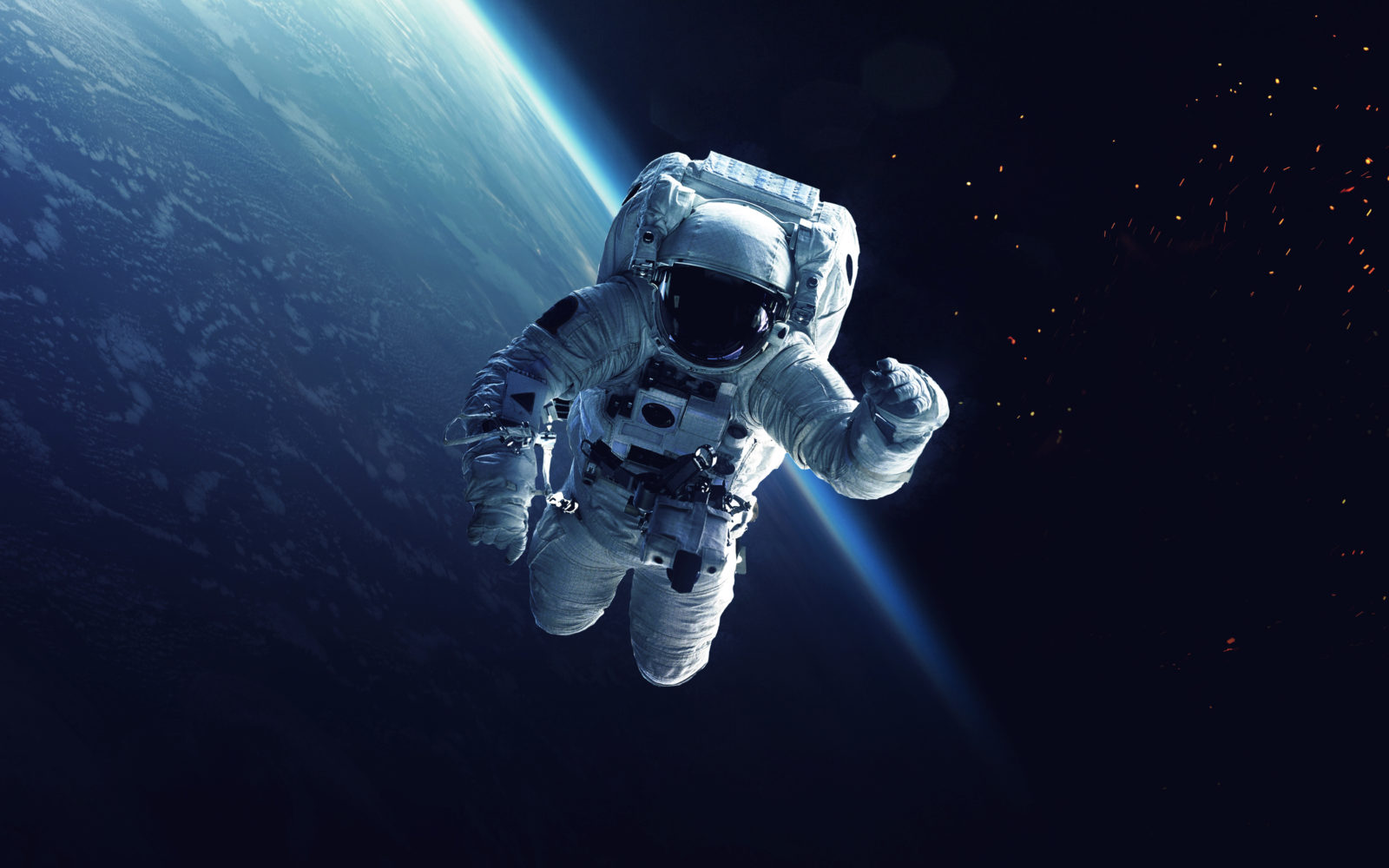Designed for Discovery
Published at NAMBRead any book on the history of scientific discovery, and you’ll find magnificent tales of human ingenuity, persistence, and dumb luck. What you probably won’t see is any discussion of the conditions necessary for such feats. A discovery requires a person to do the discovering, and a set of circumstances that makes it possible. Without both, nothing gets discovered.
Although scientists don’t often discuss it, the degree to which we can “measure” the wider universe from our Earthly home-and not just our immediate surroundings-is surprising. Few have considered what science would have been like in, say, a different planetary environment. Still fewer have realized that pursuing that question systematically leads to unanticipated evidence for intelligent design.
Think of the following features of our Earthly home: the transparency of Earth’s atmosphere in the visual region of the spectrum, shifting crustal plates, a large Moon, and our particular location in the Milky Way Galaxy. Without each of these assets, we would have a very hard time learning about the universe. It is not idle speculation to ask how our view of the universe would be impaired if, for example, our home world were perpetually covered by thick clouds. After all, our Solar System contains several examples of such worlds. Just think of Venus, Jupiter, Saturn, and Saturn’s moon, Titan. These would be crummy places to do astronomy.
We can make similar comparisons at the galactic level. If we were closer to our galaxy’s center or one of its major, and dustier, spiral arms, for instance-the extra dust would impede our view of the distant universe. In fact, we probably would have missed one of the greatest discoveries in the history of astronomy: the faint cosmic microwave background radiation. That discovery was the linchpin in deciding between the two main cosmological theories of the twentieth century. Underlying this debate was one of the most fundamental questions we can ask about the universe: Is it eternal, or did it have a beginning?
The Steady State theory posited an eternal universe, while the Big Bang theory implied a beginning. For a few decades, there was no direct evidence to decide between the two. But Big Bang theory predicted a remnant radiation left over from the earlier, hotter and denser period of cosmic history. Steady State theory made no such prediction. As a result, when scientists discovered the cosmic background radiation in 1965, it was the death knell for Steady State. But that discovery could not have been made just anywhere. Our special vantage point in the Milky Way Galaxy allowed us to choose between these two profoundly different views of origins.
Continue Reading at NAMB